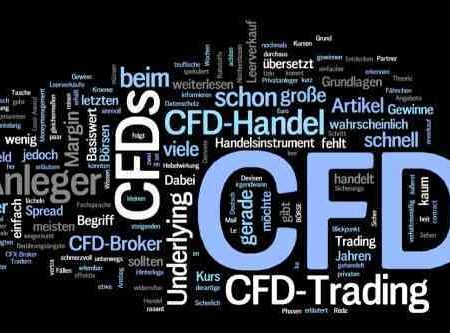
Currency exchange trading is the most actively traded market in the world. Estimates peg the value of currency pairs trading at around $4 trillion per day – dwarfing the total value of equities, commodities, and indices trading worldwide. When currencies are traded, one currency in the pair is bought, and one currency in the pair is sold. Currencies are traded from different countries. There are primarily 3 types of currency pairs available to traders: major pairs, minor pairs, and exotic currency pairs. The nature of currency trading makes it possible to generate profits when currencies are appreciating or depreciating. Conventional financial instruments like stocks require linear appreciation to take place for profits to be generated.
What Determines the Strength or Weakness of a Currency?
There are many factors that can play a part in a currency’s strength or weakness. These include, but are not limited to: interest rates, macroeconomic stability, geopolitical issues, inflationary pressures, employment data, and the like. As one of the world’s reserve currencies, the USD is affected by multiple elements. These include interest rates. When the Fed decides to hike interest rates (as has been the case since December 2015), the impact on the USD is largely positive. The USD appreciates relative to other currencies since there is a premium placed on owning it.
On March 21, 2018, the Fed increased the federal funds rate by 25 basis points. Today, the federal funds rate stands at 1.50% – 1.75%. This is significant vis-à-vis USD strength or weakness. Over the short-term, there is a negligible impact on the USD when the Fed raises rates. The reason for this is that market participants are fully apprised of the upcoming interest rate probability and it is priced into the exchange rate.
However, the long-term effect of steadily rising interest rates will strengthen the USD relative to other currencies. One of the most important measures of determining USD strength/weakness is the US dollar index. This index measures the strength of the greenback against a basket of 6 currencies including the following: SEK, GBP, JPY, EUR, CHF, and CAD. It is a weighted index which assigns a value to the USD based on its current performance against these currencies.
The current weighting of the US dollar index (DXY) is as follows:
- CHF – 3.6%
- SEK – 4.2%
- CAD – 9.1%
- GBP – 11.9%
- JPY – 13.6%
- EUR/57.6%
Granted, the DXY focuses predominantly on the EUR, JPY and GBP, however it serves as a broad measure of the strength/weakness of the USD. The US dollar index has a 52-week trading range of 88.25 on the low end and 101.34 on the high-end. Its current level is hovering around 90.01 (April 1, 2018). The year to date performance of the US dollar index is negative (-2.29%), and the 1-year performance of this index is also negative (-10.49%). The 1-month performance indicates a slight strengthening of the greenback with + 0.09% gains.
The Performance of the Greenback over Time
- 2008 – USD appreciates by 22% with a $1.39 exchange rate to the EUR
- 2009 – USD depreciates by 20% and plunges to $1.43 to the EUR
- 2010 – Greek financial crisis strengthens USD
- 2011 – USD depreciates by 10% against the EUR, for a $1.2973 exchange rate
- 2012 – USD weakens to $1.3186 to the EUR
- 2013 – USD plunges against EUR to $1.3779
- 2014 – USD strengthens against the EUR to $1.21
- 2015 – USD strengthens further against EUR to $1.08
- 2016 – USD weakens to $1.13 against the EUR in February, but the greenback strengthens to close out the year at $1.04 to the EUR
- 2017 – USD weakens to 1.09, and closes out the year at $1.1979 to the EUR
- 2018 – USD weakens further to $1.25 to the EUR





![Binance Review: How the Crypto Exchange Works [2024]](https://www.feedroll.com/wp-content/uploads/2024/03/binance-trading-100x100.png)



